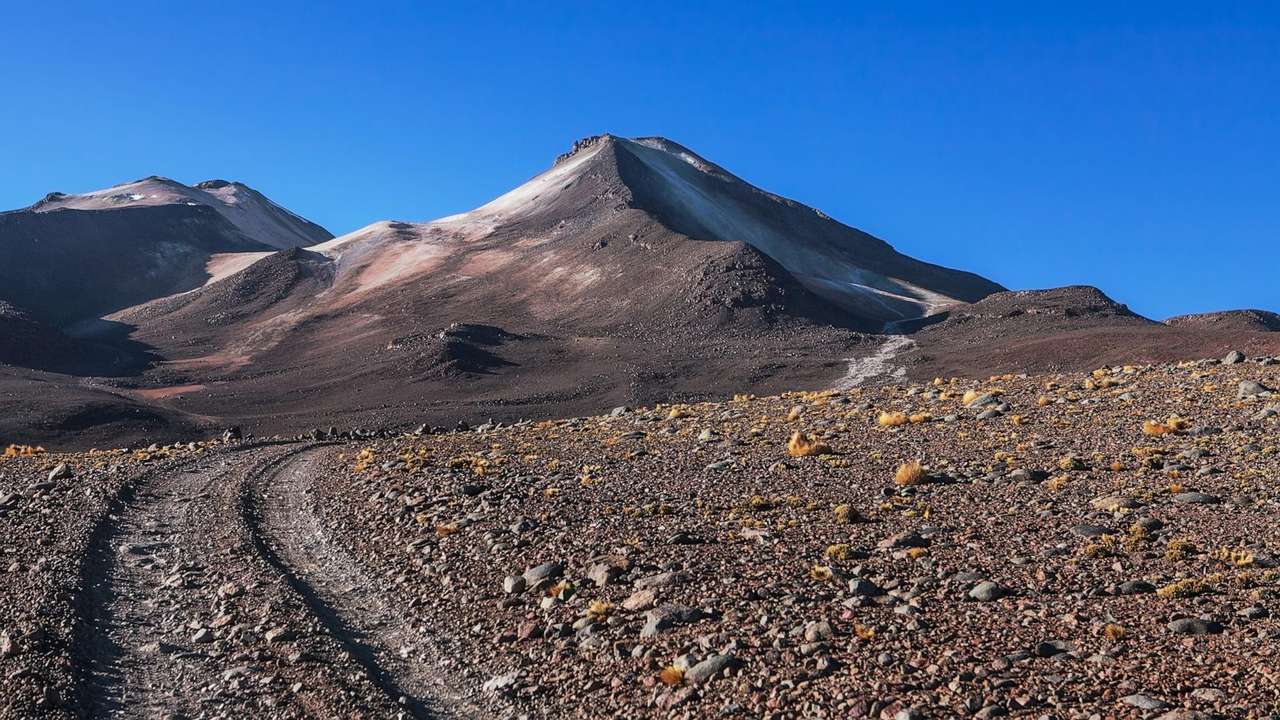Bolivia’s ‘zombie volcano’ stirs after 250,000 years

A massive volcano in Bolivia that has been quiet for over 250,000 years is showing signs of underground activity, according to a new scientific study.
But researchers say there is no sign it will erupt anytime soon.
Uturuncu, a peak in the Andes Mountains and the tallest in southwest Bolivia, has began moving again beneath the surface.
The ground around the volcano has been rising and falling slowly, creating a dome-like shape that drew the attention of scientists.
More than 1,700 small earthquakes have been recorded near the site in recent years.
Using satellite images, earthquake data, and computer models, researchers discovered that gases, magma and hot salty fluids are interacting deep underground.
They found that these movements are not likely caused by magma rising directly toward the surface, which usually leads to eruptions.
Instead, the volcano seems to be venting gas through a complex underground system.
The magma body feeding Uturuncu lies 10 to 20 kilometres underground. It is part of the Altiplano-Puna Magma Body, one of the largest known active magma reservoirs in the Earth’s crust.
Scientists say heat from the magma is pushing fluids and gases upwards.
These collect in pockets beneath the volcano and cause small quakes and surface swelling of about one centimetre per year.
“We're not seeing seismicity increasing or migrating from great depths, which would indicate magma movement. It seems the volcano is simply releasing gas and calming down,” Dr Mike Kendall from the University of Oxford was quoted by The Express Tribune.
The study, published in the Proceedings of the National Academy of Sciences, adds to research on so-called “zombie volcanoes”, ancient volcanoes that still show signs of life without erupting.
Scientists believe they could help identify other hidden hazards or even potential sources of geothermal energy.